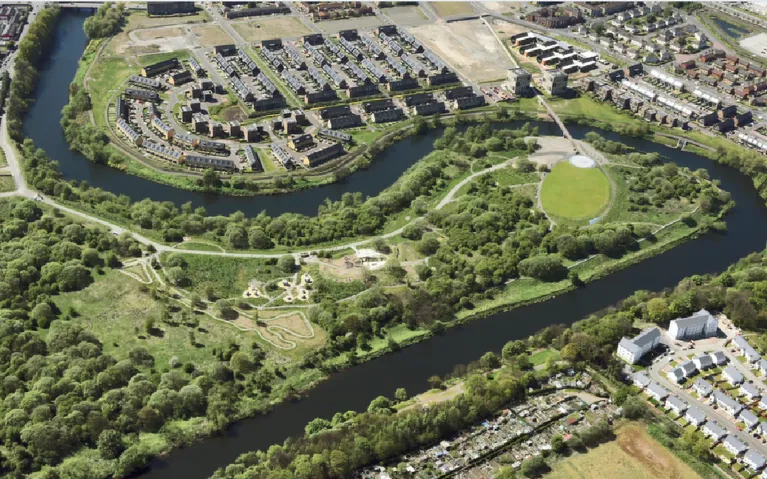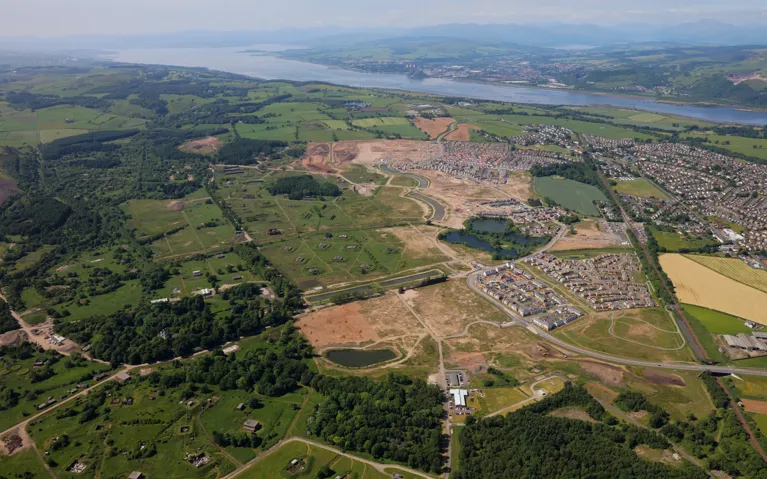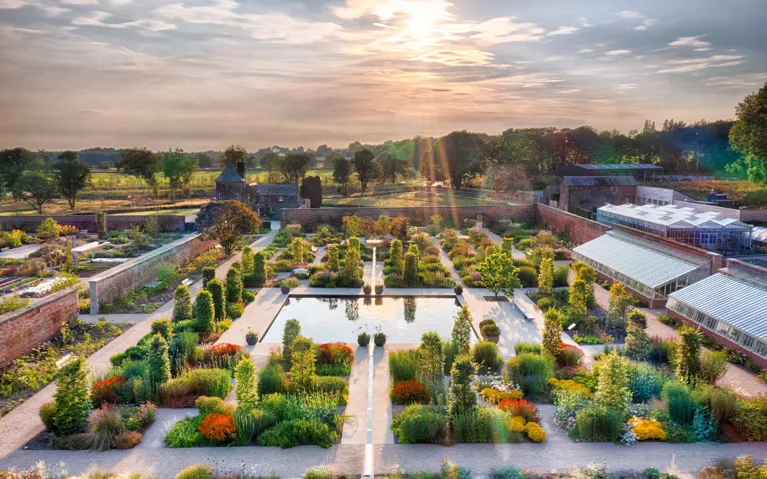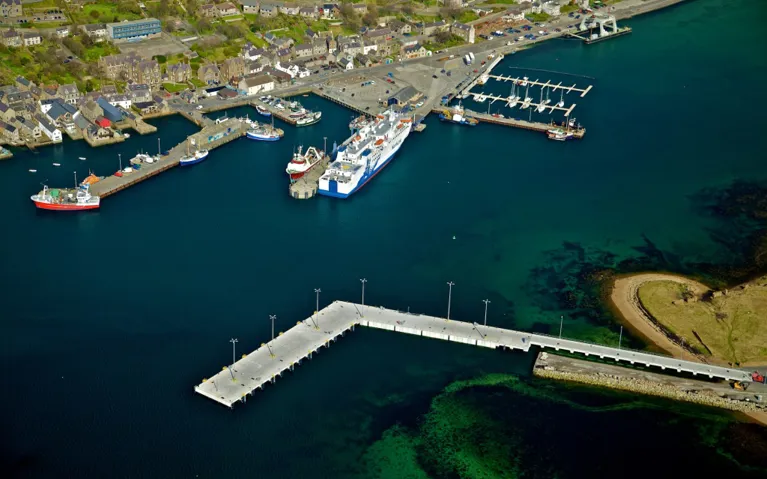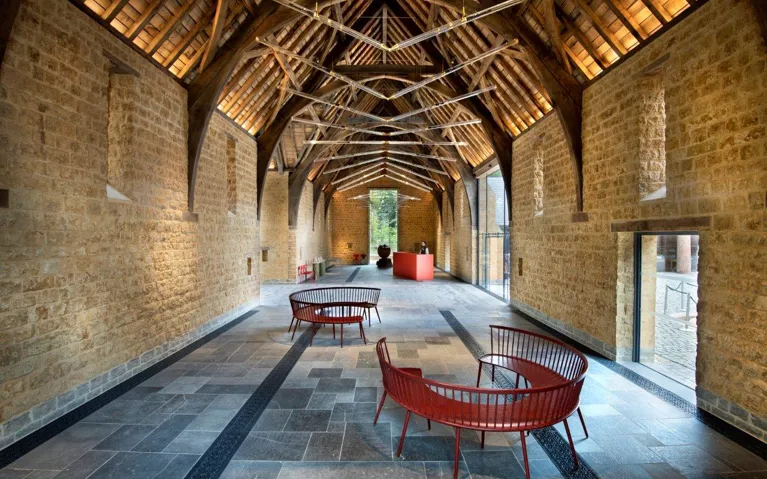A green vision
Planning and Delivering Green Roofs in the City of London
-
Awarded2017
-
CategoryAccess to green spaces
-
OutcomeWinner

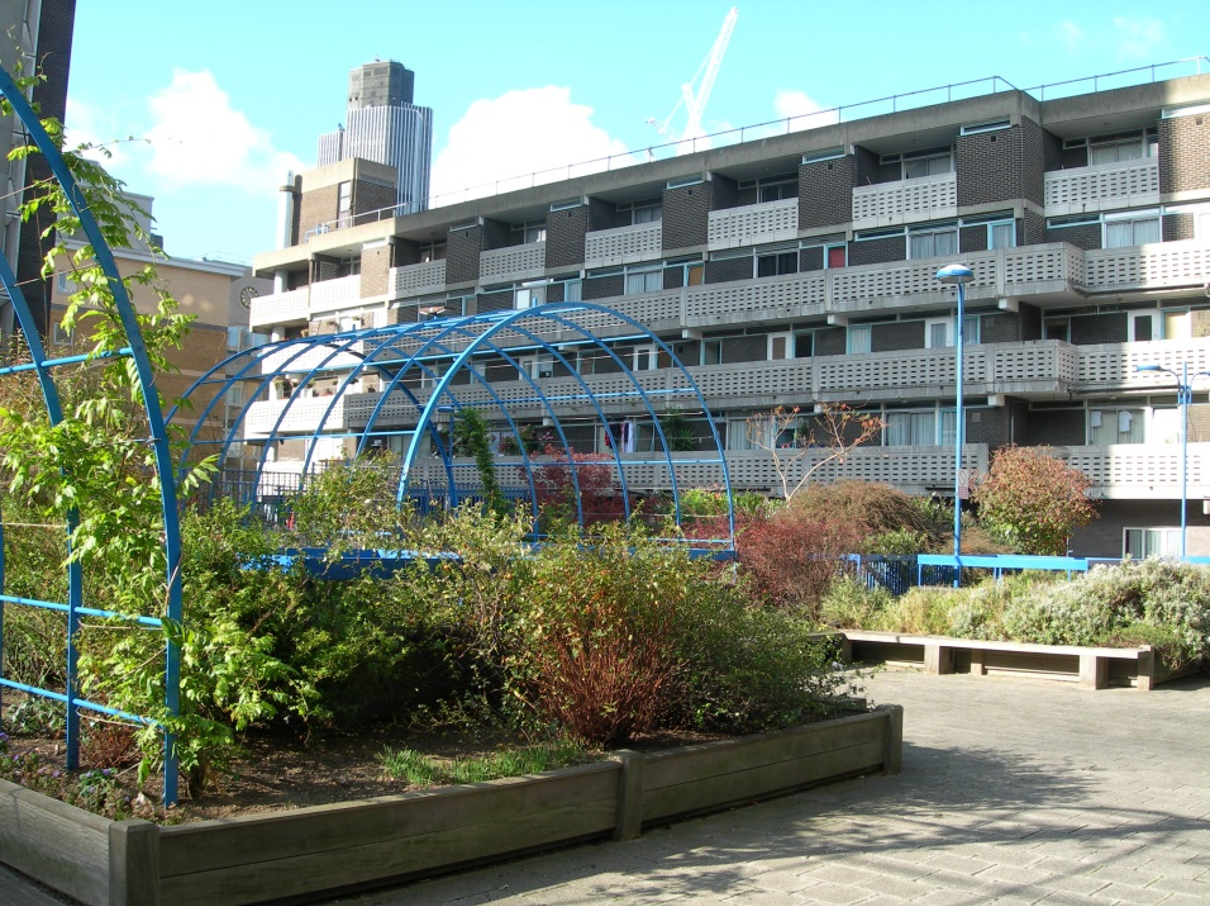

Proof of concept
Creation of green roofs in London’s Square Mile
This award was given for the creation of over 60 green roofs in London’s Square Mile including the Museum of London, Barbican, and the Grade I listed Guildhall.
The project was part of a City of London programme to help address flood risk, mitigate climate change, improve biodiversity and provide new green spaces for people to enjoy in a city mostly known for its dense and rapidly changing built environment.
It has shown that even in the commercial centre of the capital city it is possible to create a natural environment that can be enjoyed by wildlife and people.
- The project provided major biodiversity benefits, bird surveys showed that 28 breeding bird species were present.
- The roofs operate as sustainable drainage systems slowing rainfall runoff to ease flood risk.
- Green roofs have provided insulation to improve the energy efficiency of new buildings and thereby reduce the City’s energy demand.
Key facts



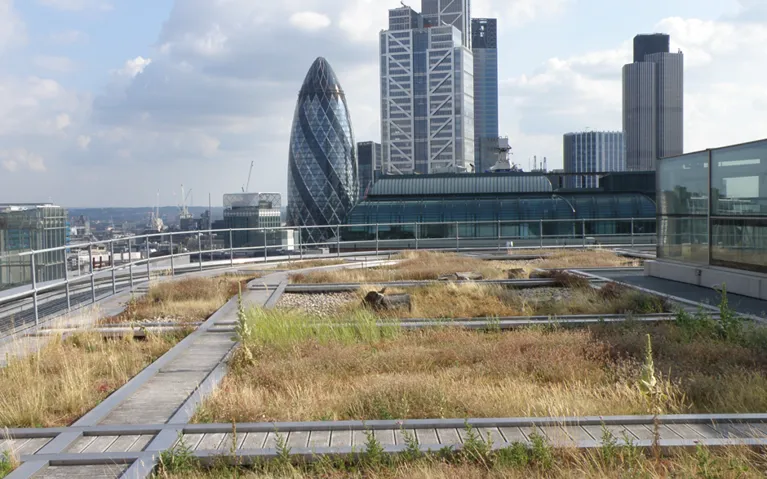
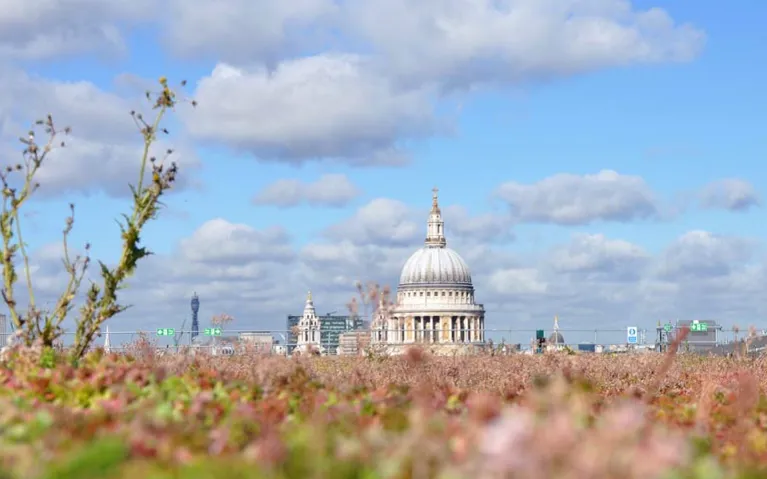


Shifting perceptions of the area
How/why did the project benefit the public?
The Green Roofs provided leisure space for staff bringing much needed wellbeing benefits to their working lives. Larger and extensive green roofs have also provided space for staff to become involved in wildlife initiatives such as the tending of beehives, bird and bat boxes.
These opportunities are seen as an unexpected bonus for staff working in the City’s dense built environment, and also provide wider economic benefits for City employers, helping them to attract and keep highly skilled staff. This has benefited the businesses community and boosted the economy of the city.
Green roofs benefited the social aspects of sustainability by providing additional spaces to meet and relax in the busy City. This extra space helps relieve existing pressure on ground level open spaces that are important for both people and wildlife.
Green roofs also provided a practical and visible way of boosting the ‘green’ credentials of new buildings in the City. This is attractive to potential occupiers who are looking to highlight their green credentials and corporate social responsibility (CSR).
What were local planners looking to achieve on the project?
- Increased awareness of the importance of its ground level open spaces and its rooftop green roofs for wildlife and people.
- Increased amenity space for workers and others to meet and relax.
- A change in the perception of the City.


Justifying the need
How were local planners essential to the project's success
Planners were central to the success of this project, ensuring strong sustainability outcomes. They played a key role in engaging the small residential population in the City of London, and worked hard to ensure strong community involvement at an early stage.
Crucially, it was the positive promotion of Green Roofs by planners at pre-application discussions that led to an early and positive adoption of the scheme by the diverse range of stakeholders that included developers, occupiers, residents and wildlife interest groups.
Related case studies



